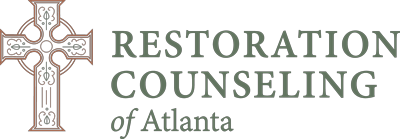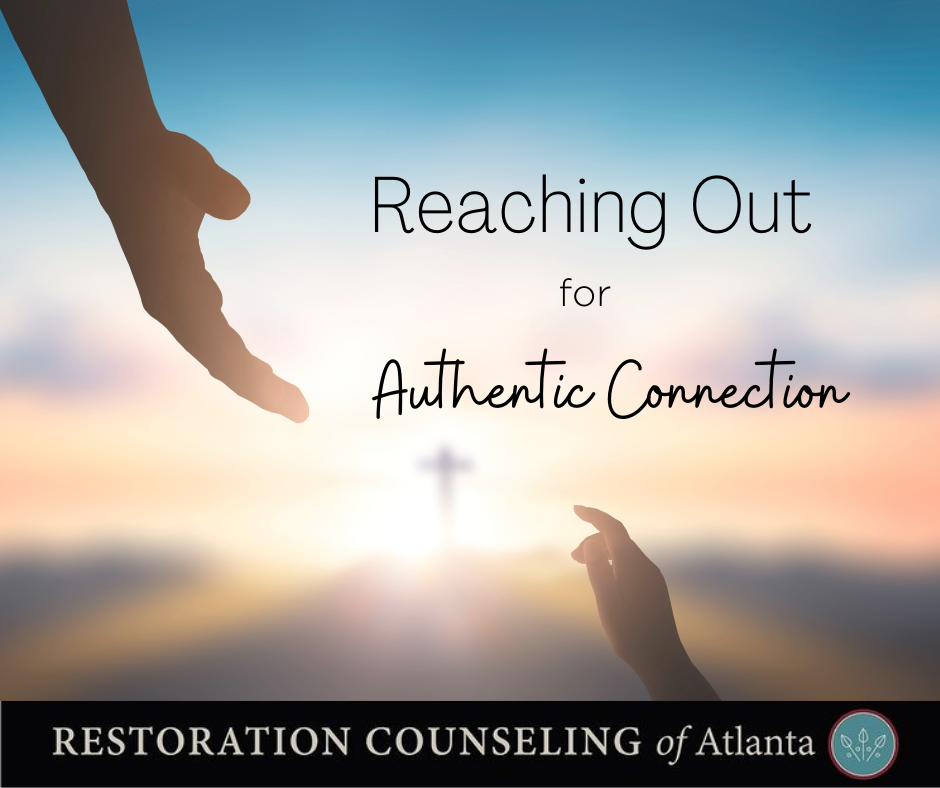There is a story in the Bible so important that three out of the four Gospels include it (Matthew 9:20-22; Mark 5:25-34; Luke 8:43-48.). At that time in history, disabled people and those with diseases such as leprosy were poor, outcasts, and ignored. Here, we find our attention drawn to a woman with a blood hemorrhage. The authors share different details about her but agree that she had a serious medical condition. I want to consider her emotional state and prefer to give her the title of the woman reaching out for connection.
Types of Connection
Dr. Henry Cloud, the co-author of the bestselling book Boundaries, remarks that humans are designed to be connected. He finds there to be four types of connection that are possible in our universe:
-
- No connection or disconnection
- Negative connection
- Pseudo or Fantasy connection.
- Real connection.
Dr. Cloud notes that “the degree to which we are disconnected is the degree that we will experience difficulties.” This article is a case study to demonstrate how we can find our way out of negative connections and find good connections.
No Connection or Disconnection
In Mark 5, we are not told if this woman had family or if she was all alone. We see in verse 26 is that the woman was suffering, and her condition was not getting better. It was getting worse. You might find yourself in “corner” number 1, which Dr. Cloud describes as no connection or disconnection between yourself, others, and/or the world around you.
Have you ever felt alone, isolated, like there was no meaning? Have you been afraid that life would be this way forever?
The connections we engage in have a direct impact on our mood states. A mood is a temporary state of mind or predominant emotion 1. Mood states are typically measured as positive, negative, or neutral, and they affect the way we respond to our circumstances. Often, when we find ourselves in one of these mood states, the emotions and memories we experience tend to follow the state we are in.
For example, a husband who is experiencing a negative mood state is more likely to be frustrated with his wife, kids, and his job. Meanwhile, he may struggle to see or remember the positive aspects until he can move to a neutral or positive state. Moreover, corner number 1 seems, more likely to lead to a depressive state due to fear, a general loss of meaning, and thoughts of being isolated and alone. All of these are emotions and attitudes that are congruent with that state of mind.

Negative Connection
Shame, judgment, and guilt live in this corner. There might be a critical voice inside our head that sounds like ourselves, a critical parent, maybe a teacher, or a previous love interest that reminds us of a shortcoming. Negative core beliefs, or “I am” statements that attack our identity, also reside in this corner and may allow us to feel inferior in some or several ways. (See the previous article).
I wonder if the woman in the gospels thought she was not good enough based on the label that society designated for her. What if she thought “Jesus or my friends don’t have time for me,” or “I’m not important?”
What are your negative core beliefs?
When we convince ourselves not to reach out to others for connection, we rob others of the opportunity to help us. Helping those who are suffering is life-giving for others. It can also be refreshing for the person experiencing a negative mood state and may provide what we need to start shifting in a more positive direction. If the woman in scripture maintained a negative mood state, she could have prevented herself from finding peace. Her healing came through reaching out for connection.
Pseudo or Fantasy Connection
In Mark 5:26, we are informed that the woman spent everything she had for relief. That search for relief is prominent in the third corner where one might try to chase good feelings, use substances, eat excessively, watch pornography or binge-watch television and movies to numb the pain. Others might try to enter a romantic relationship, work endlessly, become their ideal self hoping to finally be accepted or find validation.
What have you done to try to find relief?
Some might try to find relief in religion, by following the religious law and checking boxes. The freedom we seek does not come through following the law (legalism). In Luke 8:47, we view this woman trying to hide and we even see her trembling because her actions have been exposed. The key difference in authentic biblical Christianity is that it is based upon an intimate relationship with Jesus. This is experienced by grace through faith in His finished work, not because we did more or tried harder.
Real Connection
The mindset of this woman was determined as she thought that reaching out to connect to Jesus would bring her healing (Mark 5:27-28). She had to make the first move when she had a need. She overcame the shame, criticism, and pain associated with her condition. In Matthew 9:22, Jesus saw her.
Who can you call to feel accepted, cherished, or where condemnation is not permitted? Who sees you for who you are no matter what is going on?
Let me remind you that Jesus sees you and longs to connect with your heart. Later in the verse, Jesus says “be encouraged! Your faith has made you well.” The woman went to Jesus and found a good connection. The power that made her well was not faith by itself, but that her faith was placed in Jesus. He was and is the ultimate solution to her problem 2.
God designed us for authentic connection in a community. In Genesis 2:18, we see that from the beginning, God said it is not good for a human being to be lacking companionship. I am not saying that we need to be involved in romantic relationships, nor am I absolving anyone from accountability for the sake of unconditional acceptance. I am stating that we need to be aware that God designed our universe and that we are to be connected to others in a meaningful way. As a result, we can be reminded about our true value in the eyes of God.
Solutions
Dr. Cloud suggests that this map can be used to identify whether there is a tendency to be disconnected, negatively connected, have a fantasy connection, or a good connection. The mere awareness and acknowledgment of our emotional reality will then allow us to identify the next steps we need to take. These could include such things as contacting individuals for support, discovering emotional barriers to be removed or constructed, or relocating to environments that are more conducive for positive connection.
Things to Consider
Cloud describes a major consideration for this connection as times, faces, and spaces. Spaces refer to finding safe places to go where we are not subjected to criticism. Times refers to understanding that it might be beneficial to reach out to others at certain times such as after work, or on the weekend when we might feel alone.
Faces include but are not limited to, support groups, small groups, church communities, interest groups, and even groups that meet online. We might need to reconnect with relatives we trust but have not contacted in a while. Start with one friend, a co-worker, a fellow member, or an acquaintance, and then build more connections.
Things to Remember
The purpose is to go deeper with a few people, rather than to accumulate numerous surface relationships. Most importantly, we must prioritize maintaining the real connection with Jesus in the midst of our circumstances. That is powerful enough to move us out of a negative state and toward the good connection of corner number 4 where we can be encouraged and made well.
References
(1) American Psychological Association. Mood-congruent memory. Accessed October 4, 2021. https://dictionary.apa.org/mood-congruent-memory.
(2) Sproul, R. C. The Reformation Study Bible: English Standard Version. Orlando: Reformation Trust. 2015. The commentary for Matthew 9:22 reads, “Her faith made her well because the blessings of the kingdom come to those who look for Jesus for the solution to their problems, not because of any power of faith itself (1375).”
“Cloud, Henry and John Townsend. Counselor Training Series: Where Is Your Client? A Usable Diagnostic Map for Clients to Understand their Process. https://growthskills.org/
Townsend, John. Hiding From Love: How to Change the Withdrawal Patterns that Isolate and Imprison You. Zondervan: Grand Rapids, 1996.
Cloud, Henry. Changes that Heal: Four Practical Steps to a Happier, Healthier You,” Bonding,” Zondervan: Grand Rapids, 2018.
 by James E. Francis, Jr., EdD, APC
by James E. Francis, Jr., EdD, APC
Available at our Buckhead Location or online
james@restorationcounselingatl.com
James helps with anxiety, anger, depression, life transitions, resilience, and spiritual maturity. He believes that therapy should be clinically excellent and theologically accurate. He prioritizes the integration of Scripture with elements of psychology to operate a holistic growth model. James uses reflective prayer to help individuals align their beliefs with Scripture. He then walks beside them to promote step-by-step healing from the pain of the past. James’s goal is to hold individuals accountable through encouragement and empowerment by activating their drive toward spiritual maturity.

